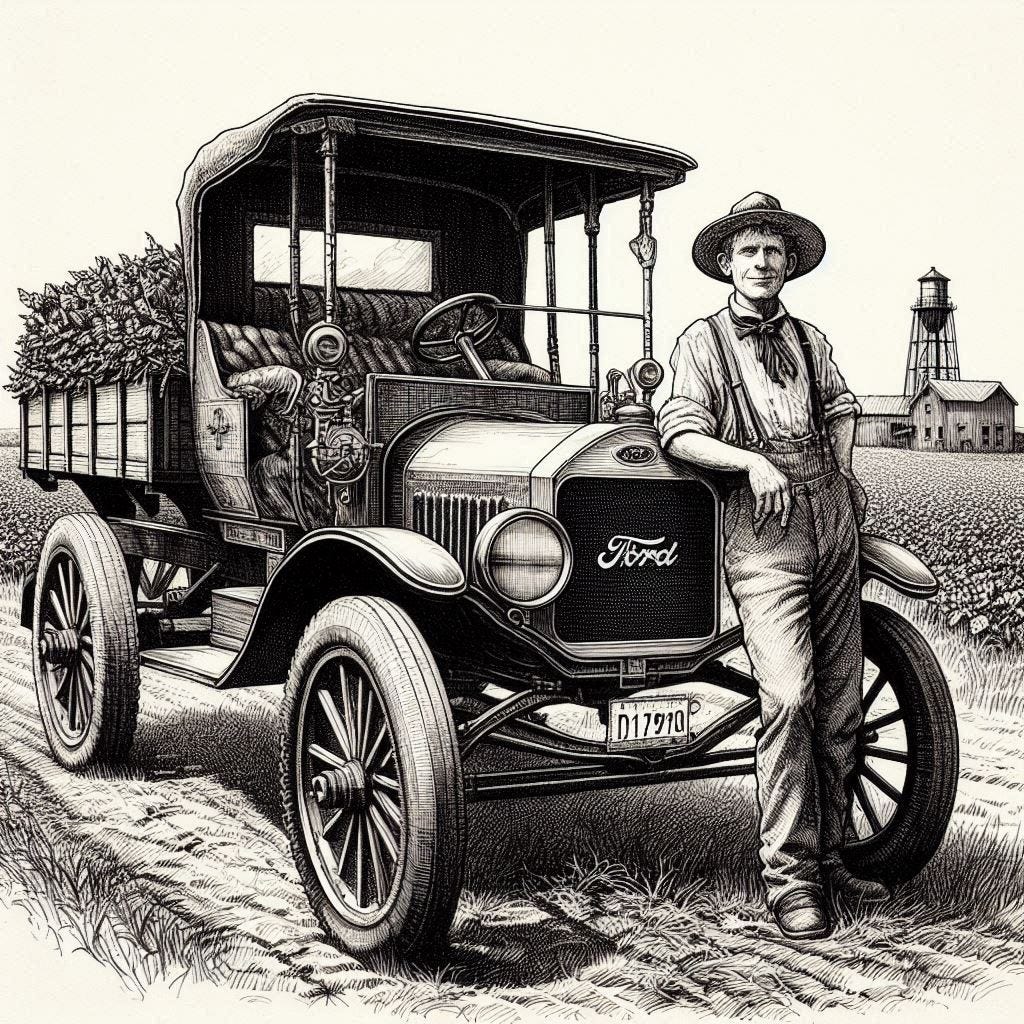Were you to ask an urbanite about rural culture, odds are good they would mention two things. Agriculture and pickup trucks. There is something about a truck. It occupies a place in rural America that horses did in the Old West. It is more than transportation. It is a hardworking symbol of rugged individualism. Even if it is not as much as it once was.
T…
Keep reading with a 7-day free trial
Subscribe to The Country Gentleman to keep reading this post and get 7 days of free access to the full post archives.





